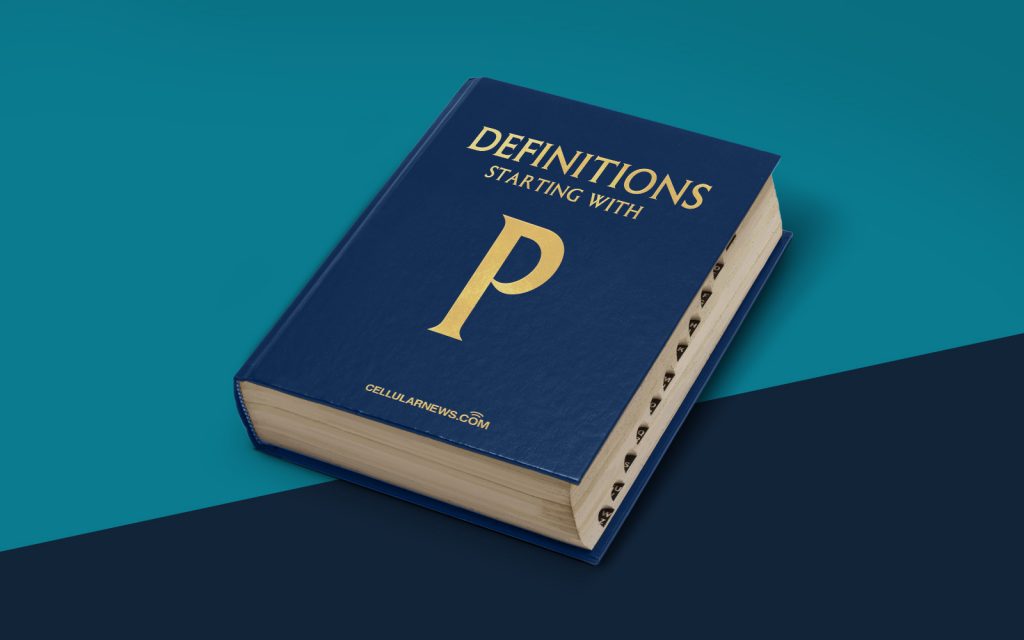
The Definition of Pixelation: Understanding the Art of Digital Disguise
Welcome to another edition of our “Definitions” series, where we dive deep into various terms related to technology and digital art. In today’s post, we are going to unravel the concept of pixelation – a peculiar phenomenon that many of us encounter daily without even realizing it. So, what exactly is pixelation, and why is it so prevalent in our digital world? Let’s find out!
Key Takeaways:
- Pixelation refers to the distortion or blurring of images, videos, or graphics, caused by enlarging them beyond their original resolution.
- Pixelation is a deliberate technique used in digital art to create a more abstract and stylized look or to hide sensitive information.
Have you ever zoomed in on an image only to see it transform into a mosaic-like pattern of small squares? That, my friends, is pixelation in action. Pixelation occurs when an image or video is enlarged beyond its original resolution, causing the individual pixels, the tiny dots that make up the digital image, to become more prominent. This phenomenon is especially noticeable when zooming in on low-resolution images or when capturing screenshots from videos.
But why does this happen, and why is pixelation such a common occurrence? Well, the answer lies in the way digital images are displayed on our screens. Every digital image consists of a grid of small squares, each representing a single pixel. These pixels are the building blocks of any image, and the resolution of an image determines the number of pixels it contains.
When we zoom in on an image or video, the software or device attempts to increase its size by stretching the existing pixels. However, since there are only a limited number of pixels available in the original image, stretching them too far leads to the appearance of jagged edges and a loss of detail. This distortion is what we commonly refer to as pixelation.
While pixelation is often seen as an unwanted side effect of low-resolution images or excessive zooming, it can also be a deliberate technique used in digital art. Many artists utilize pixelation to create a more abstract and stylized look in their work. By intentionally enlarging pixels, they create visual effects that add a unique aesthetic or convey a particular mood. Additionally, pixelation can be employed to hide sensitive information in images and videos, effectively disguising faces or other identifiable features.
In conclusion, pixelation is the result of stretching or enlarging a digital image beyond its original resolution, causing the pixels to become more visible and the image to appear distorted. It can be both an undesired outcome and a deliberate artistic choice. So, the next time you encounter pixelation in your digital content, remember the fascinating art of digital disguise that lies behind it.
Key Takeaways:
- Pixelation refers to the distortion or blurring of images, videos, or graphics, caused by enlarging them beyond their original resolution.
- Pixelation is a deliberate technique used in digital art to create a more abstract and stylized look or to hide sensitive information.
